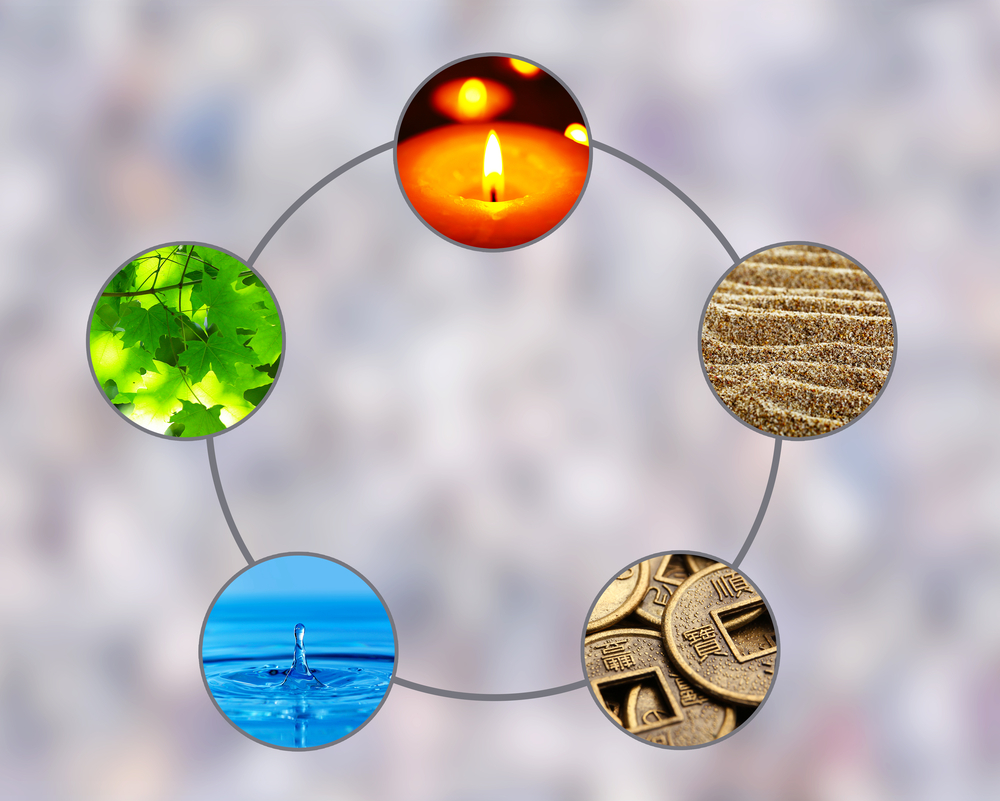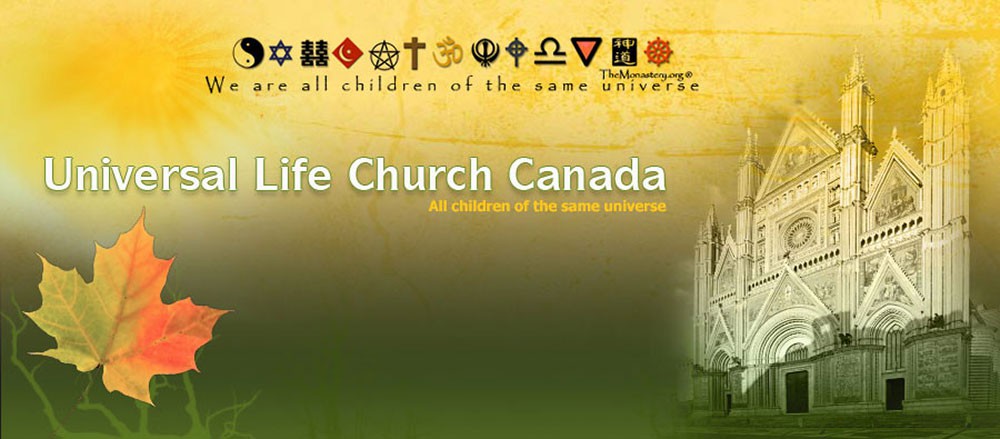Grounded: The Earth Element in Feng Shui

Humans are curious and observant. We’ve been trying to make sense of our world for around 200,000 years. From this continual search for understanding, we’ve created philosophies, religions, cultures, and works of art. Feng shui is one such system, seeking to create harmony with nature for indoor spaces. As one of five elemental phases, earth plays an important role in modern feng shui practices.
A Brief Introduction to Feng Shui
Feng shui is based on traditional Chinese philosophy. Taoism contains many of its concepts, including qi – living energy that flows through everyone and everything. It also stresses the need for balance between yin and yang, opposite yet complementary forces. Since many energies exist within each space, feng shui seeks to create balance in ways that allow the positive flow of qi.
Qi plus yin and yang influence the bagua, an octagonal energy grid used in feng shui. Architect Anjie Cho explains that you superimpose this grid over your home’s floor plan to locate where certain energies lie. Many Western feng shui traditions place the top or north part of the grid at the front door. Others line it up with true north.
Earth as an Elemental Phase
Feng shui and Taoism include the concept of Wuxing – five elemental phases. How these phases interact can result in creation or destruction. Some texts refer to these as cycles of generation and overcoming. Creation happens when one elemental phase fuels the next, while destruction results from one phase overcoming another.
Earth is vital in both generation and overcoming cycles. In Taoist terms, earth comes from the fire that burns wood and leaves behind ash. Earth also helps form metal through geological processes. Yet earth can overcome water through physical barriers – banks that contain a river, or dams stopping its flow. And wood impacts earth by growing through the soil, breaking it apart and taking its nutrients.
Earth Energies and Symbolism
Feng shui associates elemental phases with colors, shapes, and directions. They also align with areas of human life – one’s career or family, for instance. Earth primarily lies in the middle of the bagua. Appropriately, the center is called “tai qi” and symbolizes one’s health and well-being. It’s also a vital area, since it touches the other eight regions in the bagua. Square and flat shapes are key. Yellow, orange, brown, and earth-toned neutral shades represent the earth elemental phase.
Earth appears in two other areas of the bagua. Gen, representing knowledge and wisdom, lies in the northeast part of the energy grid. Earth is its native element, associated with square and flat shapes plus dark-blue hues. You’ll also find earth in Kun, the love and relationships region in the bagua’s southwest corner. Pink is the key color here, along with flat and square shapes.
Bringing Earth Into Your Spaces
Feng shui focuses on attracting specific energies. That’s why colors, geometric figures, and physical elements are key to its practice. The wonderful thing is here is that you have a lot of flexibility in how you do this. If you’re working with the tai qi area, for example, you could use color – perhaps painting a wall yellow or gold. Bringing in a physical object like a stone statue or layered sand art also works. Squares are ideal for this area, so you could include a square rug in your décor.
Feng shui is gaining popularity in Canada. The idea of harmony and balanced energies appeals to many, but there are also aesthetic advantages. Earth is one of five elemental phases, complete with its own properties and associated energy. Working it into your interiors calls for creativity, flexibility, and a desire to reap its benefits.

